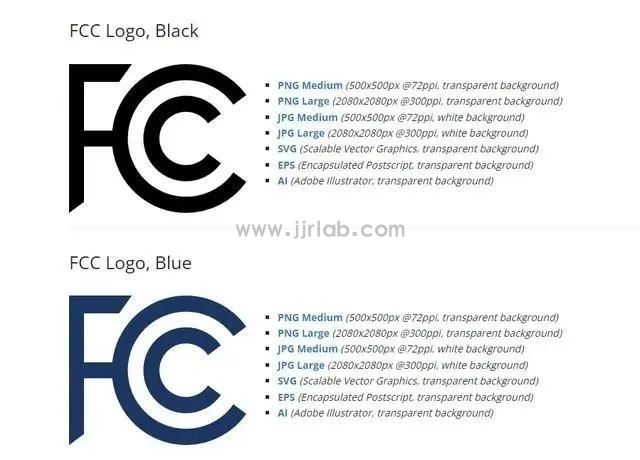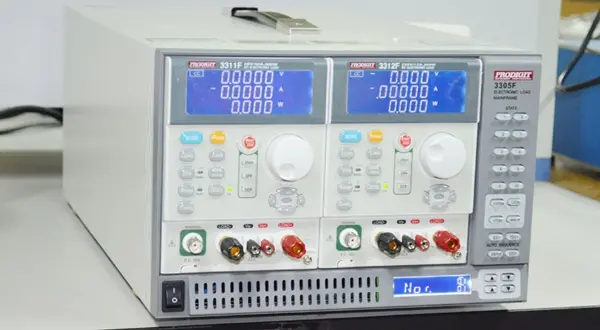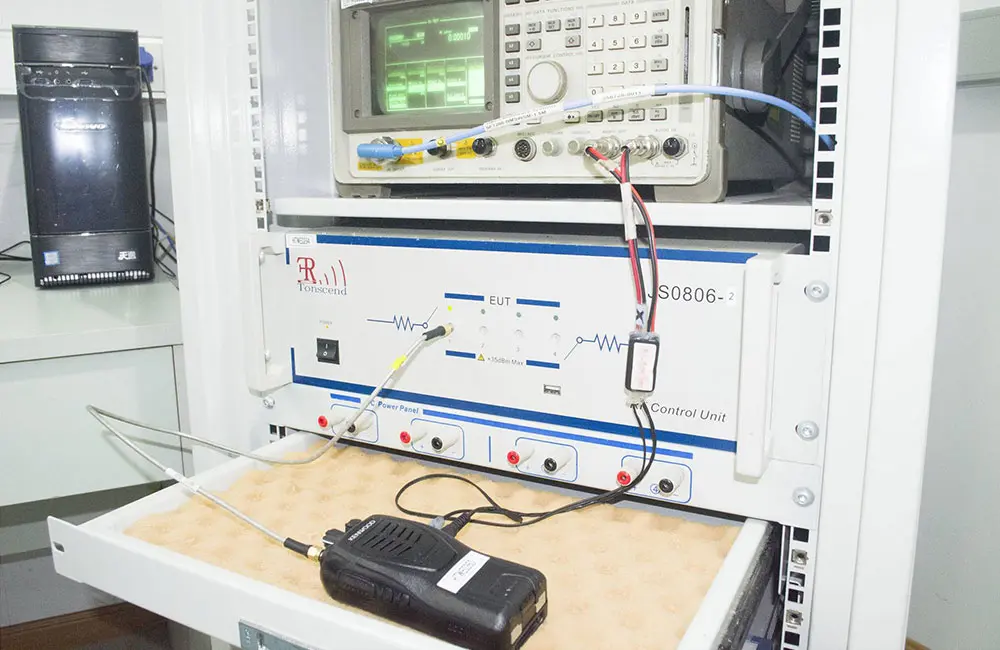
What standards are used for CE certification of wireless WiFi products?
WiFi, or wireless fidelity, falls under the category of 'Wireless Compatibility Certification' in the realm of wireless local area networks. Essentially, it is a form of commercial certification as well as a wireless networking technology. Previously, computers were connected via Ethernet cables, whereas WiFi enables internet connectivity through radio waves.

The terms '2.4G' and '5G' in WiFi refer to frequency bands (GHz). 2.4G is a wireless technology, abbreviated from the frequency range of 2.400GHz to 2.4835GHz. 2.4G WiFi is based on the IEEE 802.11b standard, which operates within the 2.4GHz frequency band. On the other hand, 5G WiFi refers to wireless technology developed based on the IEEE 802.11ac standard, which operates in the 5GHz frequency band.
What standards are used for CE certification of wireless WiFi 2.4 products?
- radio frequency testing standard: ETSI EN 300 328 V2.2.2
- Electromagnetic compatibility testing standard: ETSI EN 301 489-17 (same for 2.4G/5G WiFi/BT)
- Electrical safety testing standard: EN 62368-1 (same for wireless information technology products)
- Specific Absorption Rate (SAR) testing standard: EN 62209-1 (head SAR), EN 50566 (body SAR), en 50665, en 50663
What standards are used for CE certification of wireless WiFi 5G products?
- Radio frequency testing standard: ETSI EN 301 893 V2.1.1 (5G WiFi: 5150-5700MHz), ETSI EN 300 440 V2.2.1 (5G WiFi: 5725-5875MHz)
- Electromagnetic compatibility testing standard: ETSI EN 301 489-17 (same for 2.4G/5G WiFi/BT)
- Electrical safety testing standard: EN 62368-1 (same for wireless information technology products)
- Specific Absorption Rate (SAR) testing standard: EN 62209-1 (head SAR), EN 50566 (body SAR), EN 50665, EN 50663 (MPE)
Email:hello@jjrlab.com
Write your message here and send it to us
 FCC ID Certification and SDoC Compliance
FCC ID Certification and SDoC Compliance
 Export Certification and Compliance for Lighting F
Export Certification and Compliance for Lighting F
 FCC Certification Resumes Issuance
FCC Certification Resumes Issuance
 Electrical Toy Safety Certification EN 62115 EMC T
Electrical Toy Safety Certification EN 62115 EMC T
 What is the UL 62368 Test Standard?
What is the UL 62368 Test Standard?
 Is CISPR 32 the same as EN 55032?
Is CISPR 32 the same as EN 55032?
 What is the difference between EN55022 and 55032?
What is the difference between EN55022 and 55032?
 What is EN 55032?
What is EN 55032?
Leave us a message
24-hour online customer service at any time to respond, so that you worry!




